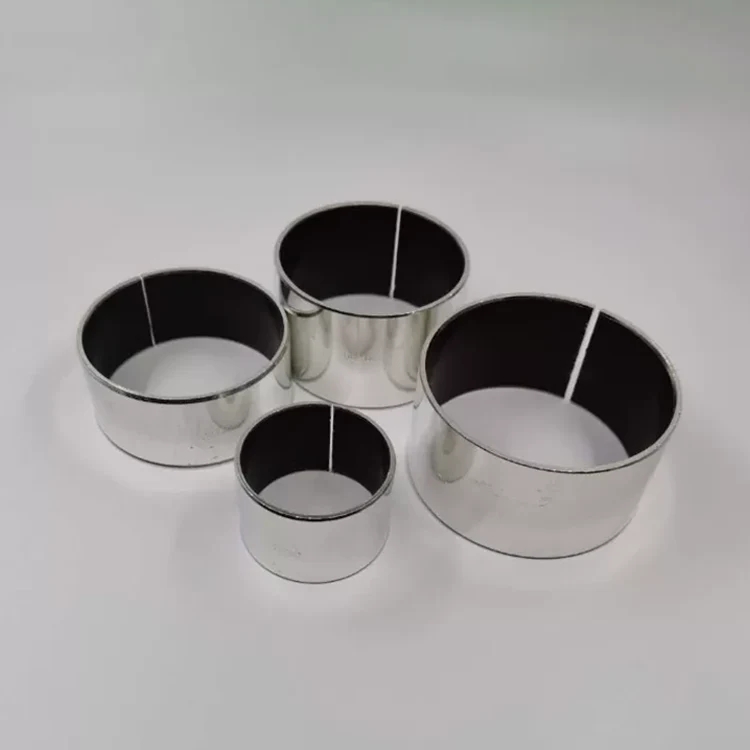Key features and types of self-lubricating bearings
2023-10-18
Self-lubricating bearings, also known as plain bearings or bushings, are a type of bearing designed to operate without the need for additional external lubrication. These bearings are engineered to provide a low-friction and maintenance-free solution for various applications where traditional lubrication methods may be impractical or inconvenient. Self-lubricating bearings are commonly used in industrial machinery, automotive systems, aerospace, and many other fields. Here are some key features and types of self-lubricating bearings:
1. Solid Lubricants: Self-lubricating bearings are equipped with solid lubricants, often in the form of embedded lubricating particles or coatings, that reduce friction between the bearing surface and the shaft or housing. Common solid lubricants used include graphite, PTFE (polytetrafluoroethylene), and other proprietary materials.
2. Maintenance-Free: One of the primary advantages of self-lubricating bearings is their maintenance-free operation. They eliminate the need for periodic lubrication and can operate effectively over extended periods without manual intervention.
3. Low Friction: Self-lubricating bearings are designed to minimize friction, which results in reduced wear on both the bearing and the mating components. This can extend the lifespan of the bearing and improve overall efficiency.
4. High Load Capacity: Depending on the type and design, self-lubricating bearings can handle high radial, axial, and oscillating loads. They are available in various configurations to meet specific load requirements.
5. Wide Temperature Range: These bearings can often operate efficiently in a wide range of temperatures, making them suitable for both high-temperature and low-temperature applications.
6. Chemical Resistance: Some self-lubricating bearing materials offer good resistance to chemicals, moisture, and other environmental factors, enhancing their durability in harsh conditions.
7. Noise Reduction: Self-lubricating bearings can contribute to quieter operation in machinery due to reduced friction and wear.
8. Types of Self-Lubricating Bearings:
- Sleeve Bearings: These are cylindrical bearings with a single internal bore. They are used to support rotating shafts.
- Flanged Bearings: Similar to sleeve bearings but with an added flange for mounting.
- Thrust Bearings: Designed to handle axial loads, these bearings are often used in applications with linear motion.
- Spherical Bearings: These bearings accommodate misalignment and angular movement, making them suitable for applications with complex motion patterns.
- Composite Bearings: Combining different materials, such as metal and polymer, these bearings offer a balance of strength, self-lubrication, and wear resistance.
- Rolling Element Bearings: Some self-lubricating bearings, like certain types of roller and ball bearings, incorporate self-lubricating elements to reduce the need for additional lubrication.
Self-lubricating bearings are chosen based on factors like load capacity, speed, temperature, environmental conditions, and the specific requirements of the application. They are commonly used in industries where conventional lubrication methods may be impractical or where maintenance-free operation is a priority.



